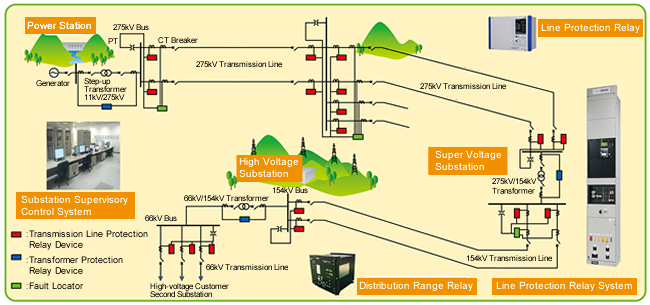

By the end of this training course, participants should be able to:
• Excellent understand of Electrical Transmission system
• Cover all type of power Transmission system cables
• Cover power cable according to international standard IEC 60502
• Excellent understand Low voltage Transmission power cable (Selection , installation & Maintenance )
• Excellent understand Medium voltage Transmission power cable (Selection , installation & Maintenance )
• Excellent understand High voltage Transmission power cable (Selection , installation & Maintenance )
• Excellent understand Medium voltage Transmission power cable (Splicing , Termination and testing )
• Excellent understand High voltage Transmission power cable (Splicing , Termination and testing)
• General specs for electrical equipment running with voltage range from 50 to 1000 Volte and above
• The right conditions & Specs of electrical equipment
• Symbols and marks on electrical equipment
• Personal protective equipment
The technicians and maintenance staff will be able to comprehend the construction, operations, function of major electrical power cables system . This will enable them to carry out effective maintenance, installation and selection activities.
This training course is suitable to a wide range of professionals but will greatly benefit:
• Electrical Engineers
• Electrical Supervisors
• Maintenance Technicians
• Managers in-charge of Electrical Installations
• Project Engineers,
• 40 % Lectures
• 30 % In-Class exercise works and Practical Sessions
· Practical Class Examples
· Run Example for Voltage droop study by computerized program
• 30 % Field Cases Video/Audio
· Cable splicing
· Cable termination
Module One:
Module Two:
Module Three:
Module Four:
Module Five:
CDGA attendance certificate will be issued to all attendees completing a minimum of 80% of the total course duration.
| Code | Date | Venue | Fees | Register |
|---|---|---|---|---|
| EE188-01 | 02-03-2026 | Abuja | USD 6950 | |
| EE188-02 | 07-06-2026 | Dubai | USD 5450 | |
| EE188-03 | 06-09-2026 | Doha | USD 5450 | |
| EE188-04 | 06-12-2026 | Muscat | USD 5450 |

Underground power cables are very important for electrical power transmission and distribution especially in populated areas. The course contains the different types of underground cables, cable const ...

This workshop has been designed to give plant operators, electricians, and field technicians and engineers a better appreciation of the role played by Power System Protection systems. An understanding ...
Providing services with a high quality that are satisfying the requirements
Appling the specifications and legalizations to ensure the quality of service.
Best utilization of resources for continually improving the business activities.
CDGA keen to selects highly technical instructors based on professional field experience
Since CDGA was established, it considered a training partner for world class oil & gas institution
3012, Block 3, 30 Euro Business Park, Little Island, Co. Cork, T45 V220, Ireland
Mon to Fri 09:00 AM to 06:00 PM
Contact Us anytime!
Request Info